The demand for quality content continues to climb among marketers and businesses.
Time and again, quality content has proven to generate the most organic search traffic and social shares, and it is the backbone of establishing yourself as a thought leader in your industry.
It’s content that moves your prospects through the buyer’s journey, reinforcing relationships at every stage of the sales funnel.
But, without a strategy, it’s so much harder to hit your mark and create effective content.
It’s the difference between a marksman hitting a target at 100 yards with an accurate rifle vs. a shotgun.
Why you need a strategy
Content marketing is huge.
92% of marketers said their organization sees content as a critical business asset.
However, among B2B companies, only around 30% see their content marketing as effective. That may have something to do with the fact that only about 46% of marketers have a documented strategy.
What’s worse is that only 18% of marketers feel like their organization has the right technology in place to even manage their content marketing.
A well-researched, documented content marketing strategy is the key to creating effective content that will appeal to your audience.
It’s not just about outlining topics and mapping out where to post that content.
Your content strategy should take into account elements like:
- What technology or platforms to use
- Who your audience is
- Where to post content and how often
- What kind of content and topics to create
- How you’ll repurpose and promote that content
- Who is accountable for content creation and promotion
- How the performance of your campaigns are tracked and measured
- What competitors are doing to engage your audience
- What goals you’re trying to achieve
A content strategy doesn’t need to be a complex document that takes months to compile.
Truthfully, the simpler your documented strategy is, the easier it is to manage.
Who is your audience
Every strategy starts by taking into account whom you want to create content for.
Because it’s not about what you think is helpful.
It’s about what they’re looking for.
You need to consider what your audience needs help with, the struggles they have, and how you can align content with their interests and needs to provide the most value.
You have to create buyer personas, but it doesn’t stop there.
Developing buyer personas is a necessary part of your strategy, but you have to take it a step further.
You need to know which people among your audience are most likely to help your company grow.
You may discover your audience is split into multiple buyers. Should you create content for all of them?
Don’t spend too much time targeting prospects who won’t open their wallets to you. Refine your buyer personas to focus on those most likely to convert.
Here’s a perfect example of that:
Crowe Horwath is a public accounting and consulting firm. A company like this is going to have a varied customer base.
They decided to narrow the focus of their content strategy to target C-level prospects in financial institutions with $1 billion or more in assets.
With that targeting, they created a simple content marketing plan covering four specific content areas using a range of content types (infographics, a video, Q&As, case studies, and some executive briefs).
Here’s a sample of the infographic they created:
All of that content dealt with a common challenge for their target audience: compliance with financial regulations.
The infographic alone resulted in a 70% open rate and generated $250,000 in revenue for the company.
Focus on understanding what your audience wants (and needs).
Results like that come from researching your audience closely.
While you don’t want to spend too long nit-picking the smallest of details around your target audience, you do need to be able to answer the little questions that can impact the effectiveness of your content strategy.
What are they searching for… and why?
The intent of customers is a crucial part of your content strategy.
Every search query has intent behind it.
You need to understand the intent.
Your research could turn up the most popular articles on a certain topic that’s relevant to your audience, but that doesn’t tell you why it’s popular.
Why are they searching for it? What is it about that particular topic in relation to their needs and their business that makes it so valuable?
Don’t just track what they’re searching for. Find out why it’s relevant.
And do it without assuming you know what they want.
The best way to do that is to ask them.
Kapost went straight to their audience with a handful of questions to find out exactly what their customers wanted.
The questions were straightforward, such as:
- How much time do you spend consuming content?
- Who do you trust?
- How do you consume content?
Kapost asked their customers not only how they prefer to consume content, but also how they prefer to share it.
They also asked respondents where they go for the most relevant industry news and analytics.
This is a great question because it eliminated assumption and guesswork in trying to source the interests of the audience.
You can quickly discover their favorite sources for information and use that to create a seed list of topic ideas.
A key question I found to be highly relevant was Kapost asking its audience whether they liked data-heavy content or playful content.
For B2B marketers, this is an important question.
The right tone and approach play a huge part in capturing the attention of your audience and getting that content shared beyond your own promotion.
According to the results, 63% said they share factual content, while 67% said they share content with a playful tone. While that’s a close race, note that 31% said they strongly agree they share playful content, while only 20% strongly agree they share data-heavy material.
Research like this can help you develop and maintain the right voice for your brand and content strategy, as well as allow you to serve content to your audience that will keep them engaged.
Monitor competitors to see what’s working (and what isn’t)
It’s a given that you need to look to competitors to see what they’re doing, but don’t try to mimic their efforts.
Why?
They may have some content that does well, but that doesn’t mean everything they’re doing is effective.
Like so many others, they could just be shotgunning their efforts without a strategy.
Only about a third of B2B marketers feel their content efforts are “mature.”
More than half of B2B marketers are still trying to figure out what works.
And less than a third of B2B marketers even feel their efforts are effective.
So, what should you be looking into when researching your competitors?
- How they promote their content
- Where the content is being posted
- Influencers who engage with and share their content
- Reactions, engagement, and follower sentiment on their content
- What kind of content they’re curating (if any), and how their audience reacts to it
- Frequency of published content
- Search rank and number of ranking (non-branded) keywords
You can use a tool like SEMrush to gather rank data.
And BuzzSumo can help you pry into the popularity and social reach of competitor content.
Discover how to get personal with your audience
When performing research, find ways to micro-target your audience segments.
Micro-targeting will let you get up close and personal, communicating with much smaller groups and developing content specifically targeted to them.
Most of your audience expects some level of personalization. They’re searching for content that is very specific to their problem.
Get granular with audience data and demographics, such as:
- Location
- Work information
- Personal data
- Decision-making behaviors
That data will be used to shape the content at every stage of the buyer’s journey, including the message on landing pages, as well as the customized messages you’ll use across social media and lead-nurturing drip campaigns.
Knowing how to get personal with your audience will make it far easier to connect with them emotionally and build stronger relationships.
Measure the potential for user-generated content
Don’t just research who your audience is. Understand what they can give to support your content marketing.
Think about who your audience trusts.
The answer for most people is going to be their peers, people they are close to and connected to.
Not your brand.
The most influential content comes from other people.
More specifically, your prospects.
Have a look at how Hootsuite uses Instagram to source user-generated content.
Buffer’s content game is strong in the B2B space as well as in rounding up UGC.
While user-generated content is most commonly seen in B2C, there’s plenty of opportunity for user-generated content among B2B organizations.
Most users are out there creating content on the web. You just need to discover ways to which you can direct that to meet the interests of your brand.
For example, nearly 5 billion people carry mobile devices, and around 50 percent of those mobile customers use their devices to stay connected on social media.
How are the segments of your audience using their mobile devices to create content? What kinds of content are they creating?
How can you leverage that information to encourage them to create content for your brand in a way they’re already comfortable with?
Use that research to shape your content strategy.
Research and define your goals
Before you start creating content or fleshing out the bullet points of a content marketing strategy, you need to understand why you’re doing it.
What are you trying to accomplish?
You need to define your content marketing goals.
The ultimate goal of content marketing is to influence the behavior of your audience.
You want to see their behavior change.
Content isn’t just something to be consumed. It’s designed for action and should have intent.
You want the reader to take a specific action after reading it, and you want them to take value from the content and be able to act on it.
Not all of your content will be a call to action, but everything you produce should be tied to a call to action.
Your content will be built around the desire to direct the behavior of your audience. That is the goal.
Without goals, you lack a strategy.
Don’t develop content marketing goals blindly. Select marketing goals that align with your business goals, as well as the steps you want customers to take in your funnel.
Some content marketing goals worth researching include:
- Building trust and rapport with your audience
- Attracting new prospects (top-of-funnel content)
- Illustrating benefits
- Overcoming objections
- Attracting strategic partners
- Painting the picture of what business looks like with your product
- Improving organic search presence
- Deepening loyalty and reducing churn
Your goals will help you research and define which goals are most relevant to the buyer’s journey and how you want to map out customer interactions to get them there.
Know how to measure success
More than half of B2B marketers fail to fully utilize analytics to effectively track and measure success.
Without a documented strategy and without utilizing analytics, there’s no way to know for sure if your campaigns are effective.
Part of your research must involve identifying the metrics and key performance indicators you’ll use to measure success.
And then make sure you understand how and where to get that data.
According to Content Marketing Institute, the following are the most important B2B metrics for content marketing at the start of 2016:
But that doesn’t mean they’re the most important for you.
Go by your business and marketing goals to determine the important metrics to track.
Map out the customer journey
For the B2C sector, conversion and transactions can happen quickly, with the consumer taking very few steps, especially when a consumer packaged good or product has a low price point and clearly solves a problem.
For B2B, there tend to be more steps and multiple interactions due to the number of stakeholders involved in making decisions, as well as the complexity of the product or service.
You need to research your content strategy based on the Rule of Seven.
The Rule of Seven states that the average B2B prospect needs to have seven interactions with your brand before they’re introduced to your paid products or services.
Those first seven interactions are used to educate, build relationships, and gain their trust as you position yourself as an authority and a source of a solution.
Each step, or interaction, will involve content.
That research will greatly influence the type of content you’ll share at every stage of the buyer’s journey.
And the type of interaction, or format of your content, will be influenced by your previous audience research.
That’s a necessary point of research when you consider the sheer volume of content types out there versus what is most often used in the B2B space.
Just remember that your strategy and efforts don’t end when the prospect converts into a customer.
You need to research how to maintain and build the relationship with customers after the sale.
Don’t neglect lead nurturing and relationship building
As you build on research to refine your content strategy, pay close attention to how you’ll nurture leads and build relationships with your prospects.
This is crucial when you’re building a content strategy based on the Rule of Seven
Don’t make the mistake of putting too much effort and content creation toward acquisition.
Only 27% of B2B leads are sales-ready when they come to you.
Unfortunately, only 35% of B2B marketers have a strategy for lead nurturing. And of those, less than half are considered to be effective.
Your research should include the most effective types of content for lead nurturing, and then analyze where specific content types and topics fit into your sales funnel.
For example, Page Fights was a terrific content campaign created by Unbounce in collaboration with ConversionXL.
While Unbounce has a terrific and value-packed blog, Page Fights was an opportunity to expand on the copy and share value (and entertainment) with followers.
Page Fights was a live stream panel of marketing and conversion experts who critiqued landing pages in real time.
It was a brilliant approach to expand a content strategy in a space crowded by articles, and it provided tremendous value to both new and existing customers.
Research trends and prep for what’s next
Your research should help you quickly determine what has been effective in your industry and what your audience loves.
Don’t stop there.
Look to the future and keep a watchful eye on what’s coming.
Sure, everyone is creating articles and blogs. With the right strategy, you can generate tremendous organic traffic from a skyscraper, long-form post.
But times are changing.
Updates to social platforms, new content networks, and the changes to how people consume content mean you need to also be forward thinking.
You can’t base your strategy solely on historical data.
Part of your research should be content marketing trends.
For example, here’s a quick look at how virtual reality could change marketing going forward:
Here’s another example. Video content, especially live video, has been widely successful in recent years.
By 2020, Cisco projects that live video will represent 79% of global web traffic.
A quick look at how video has been consumed in the last year is a good indication of where we can expect it to go next.
Don’t be afraid of new trends and experimenting with new content ideas. That’s how you’ll discover what works.
Lay the groundwork for your research, then use that information to decide what trends are worth pursuing.
Make promotion a key part of your research and strategy
Creating epic content isn’t enough.
You should put as much work (if not more) into promoting your content as you do writing it.
Research the best methods for promoting your content specific to your audience.
Should you share blogs and information on Quora to drive traffic?
Are LinkedIn groups an ideal place to connect with prospects, share content, and lead them into your funnel?
Which social media platforms will you target for organic and paid content promotion?
According to CMI and Marketingprofs, LinkedIn, Twitter, and YouTube are the most effective B2B social platforms.
But are those the most effective for your business?
Don’t go by the data alone.
Trust your research to tell you where your audience spends their time.
Conclusion
The word “strategy” gets thrown around a lot without any clear definition. It’s elusive. It’s mysterious.
But it doesn’t have to be.
You define your strategy based entirely on your research. You control and shape it.
The research tips above will help you focus on the most critical elements to create a content strategy that is innovative and aligns with your company goals, yet is fluid enough to evolve with you as your audience and your business change.
You can’t fail in creating a strategy. You can only learn from it, and you will continue to improve with each revision of your efforts.
What does your process look like for researching and creating a B2B content marketing strategy?

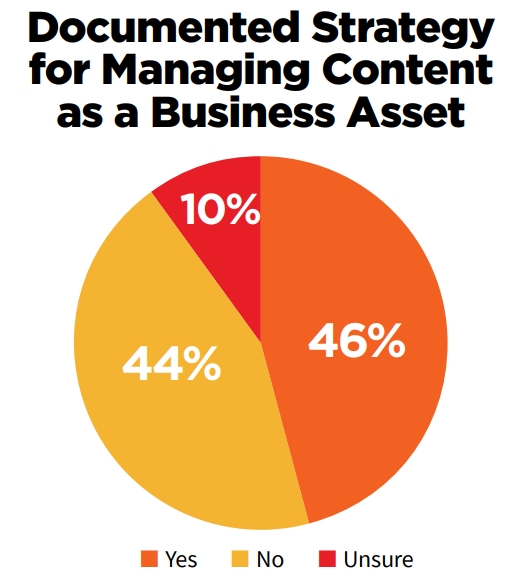
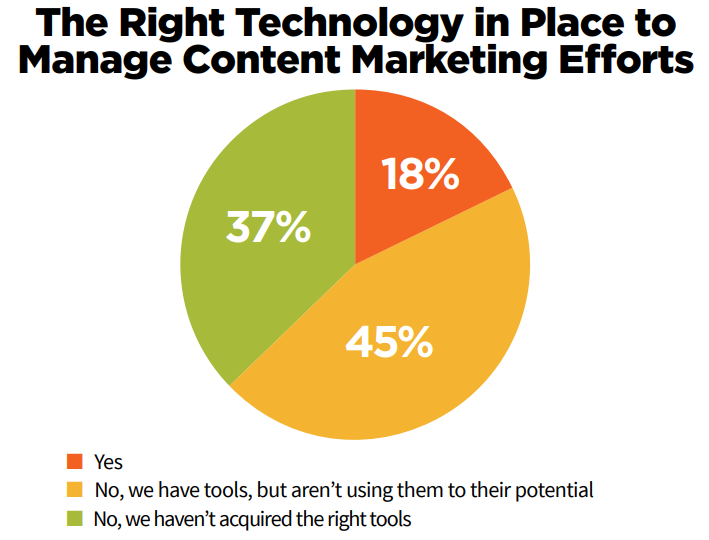
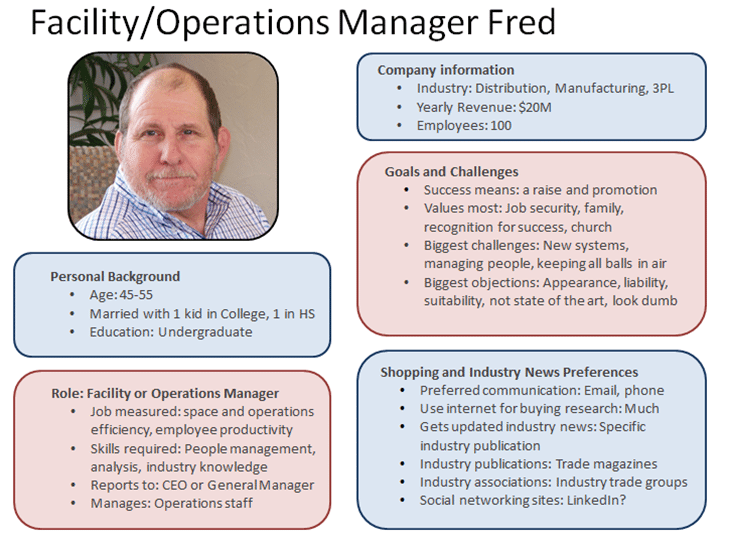
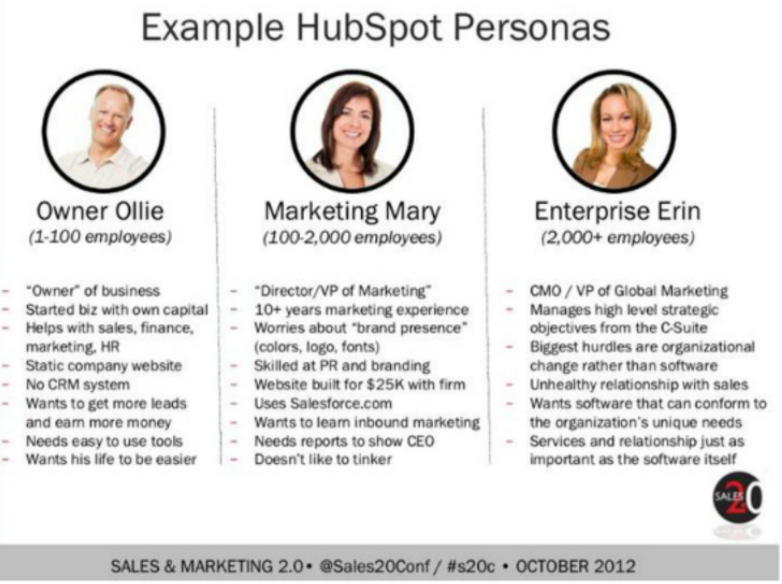
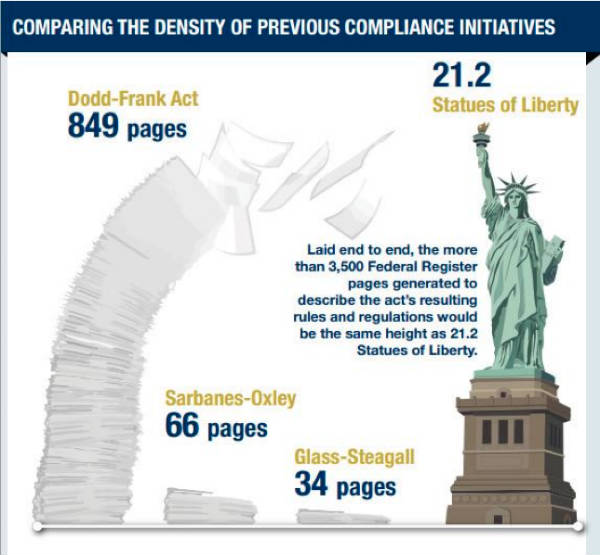
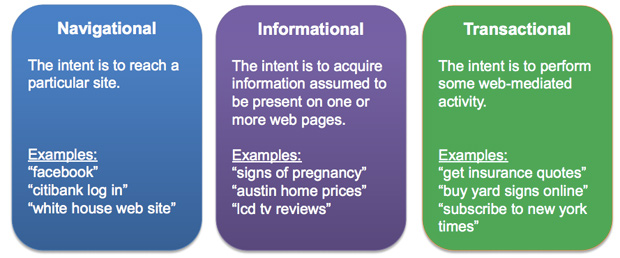
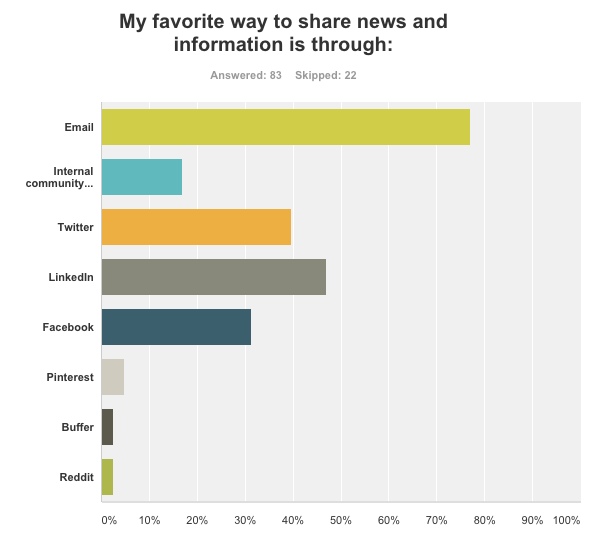
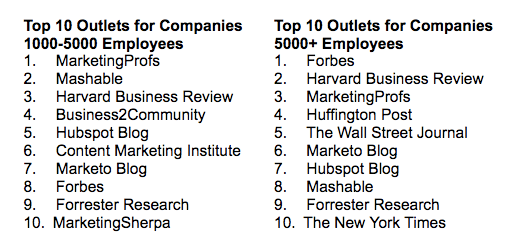
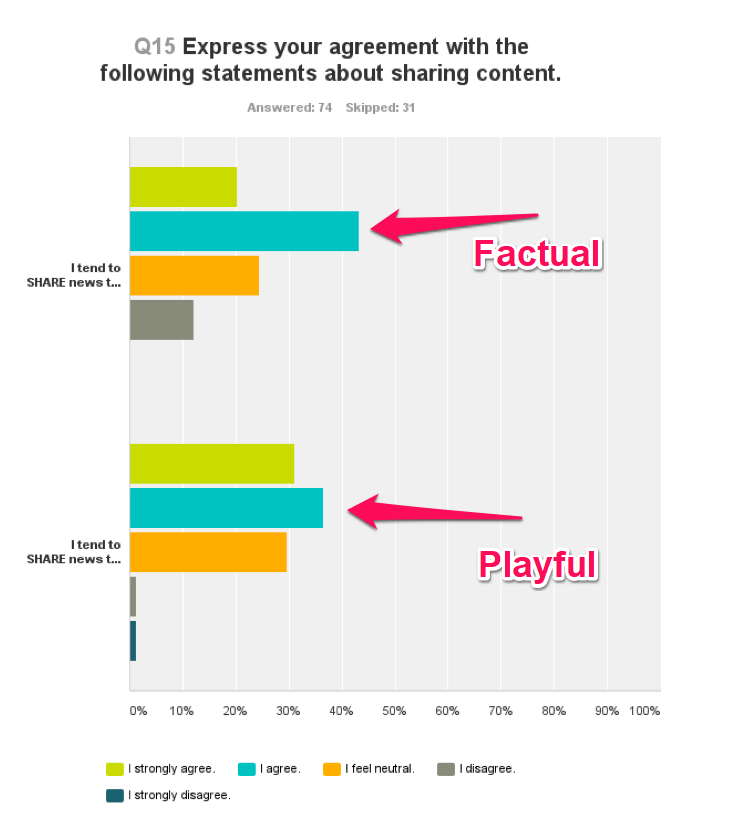
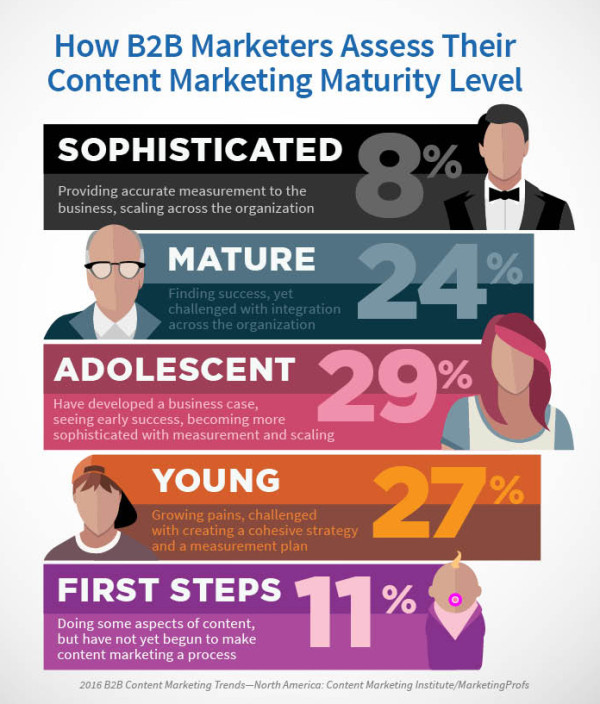
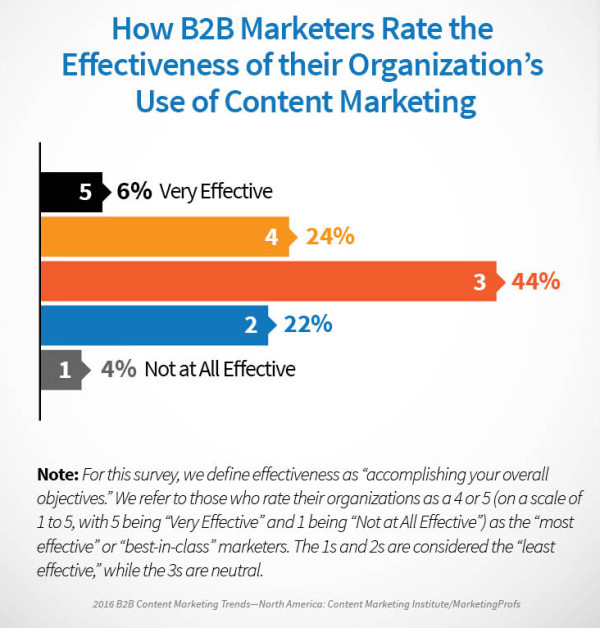
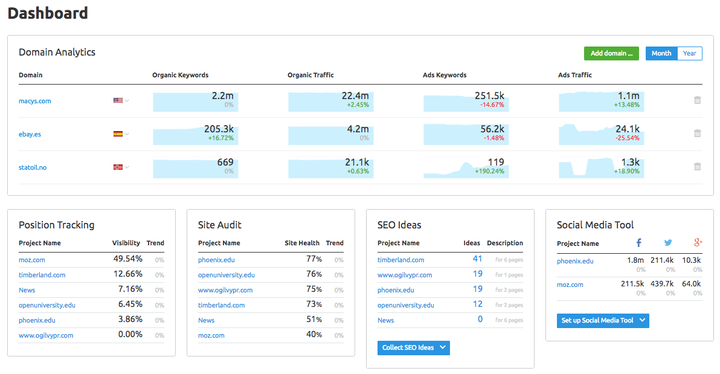

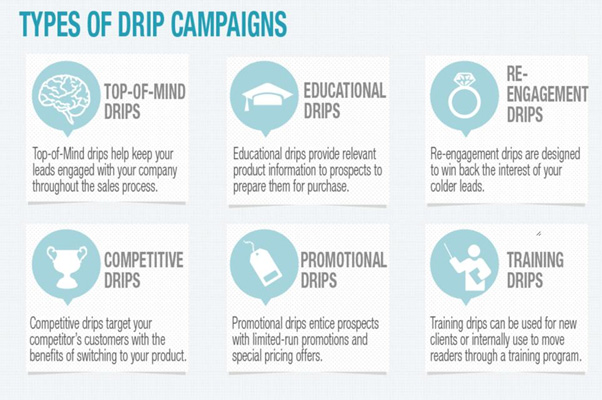


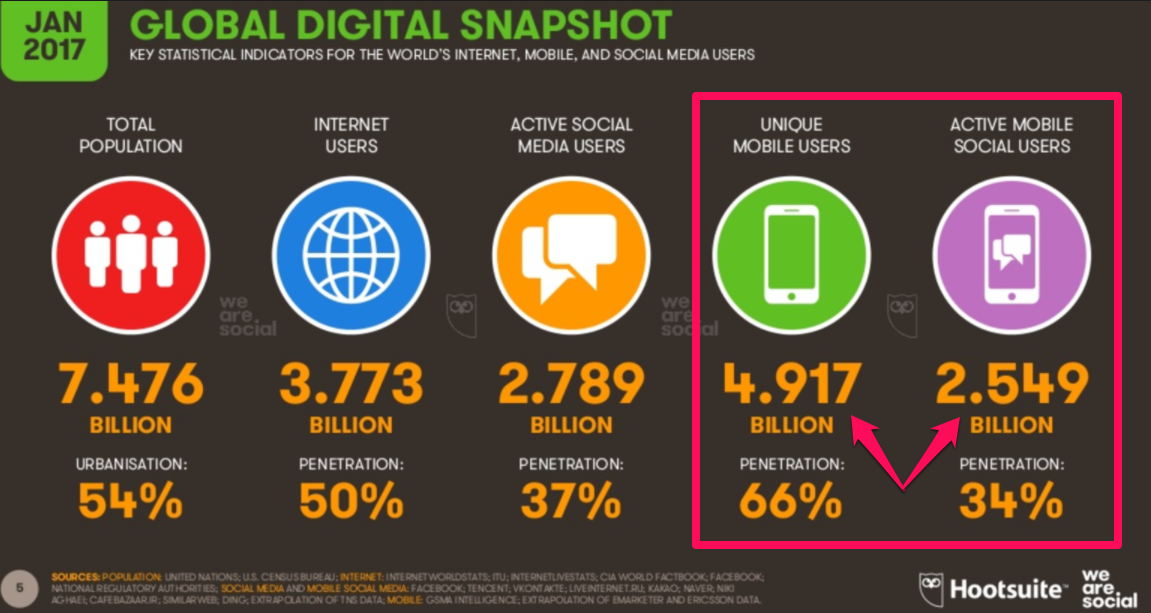
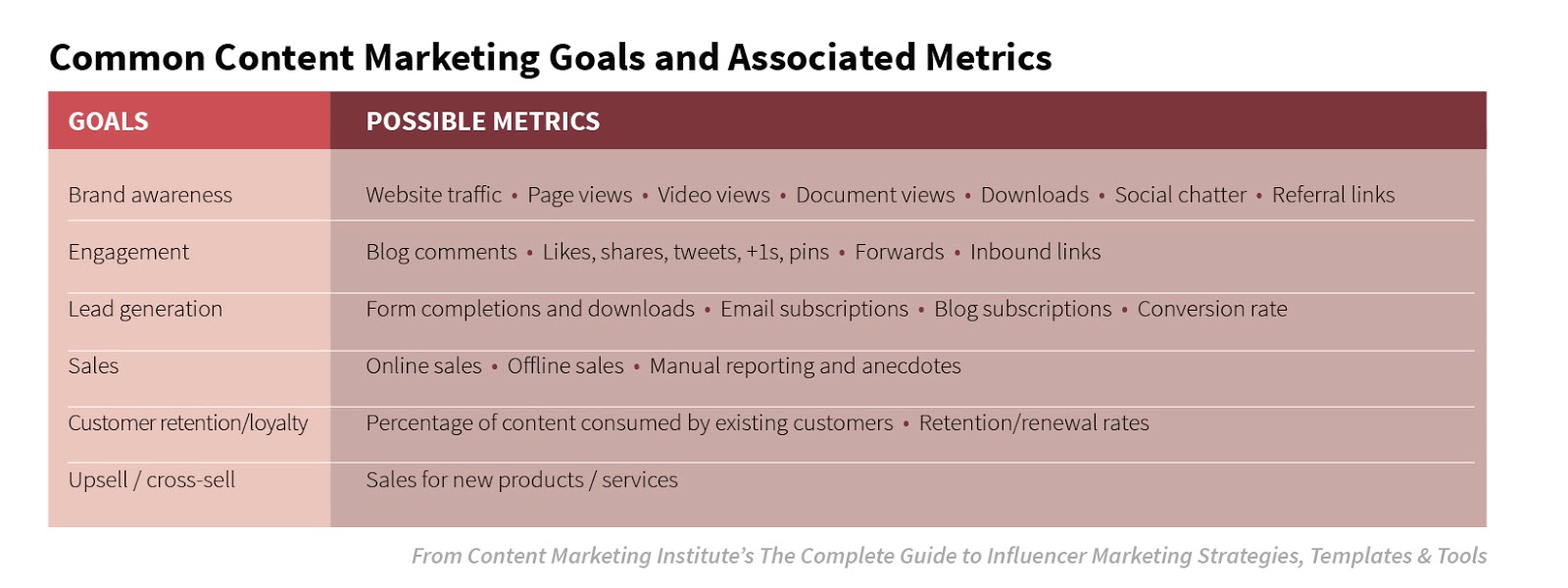
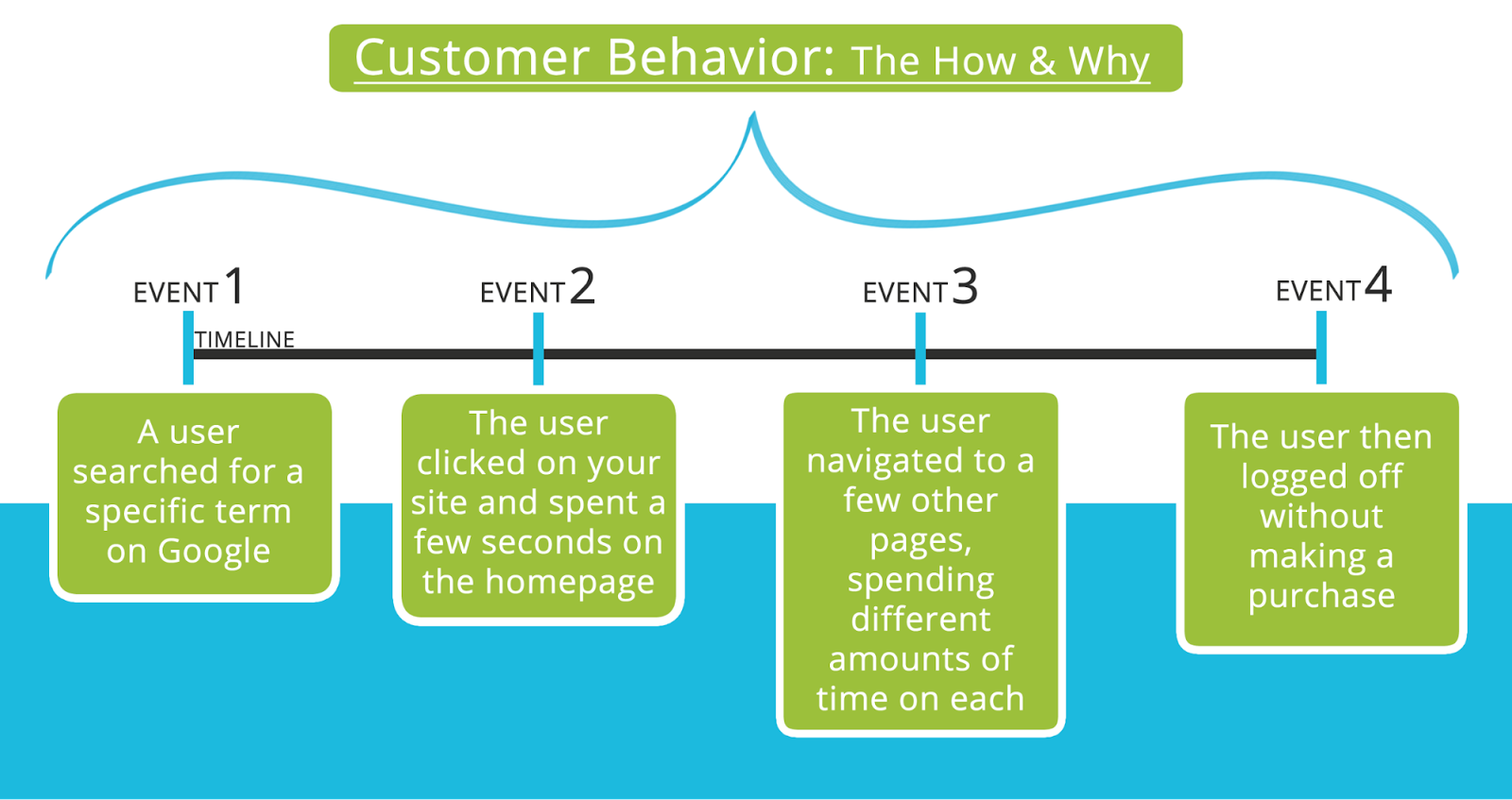

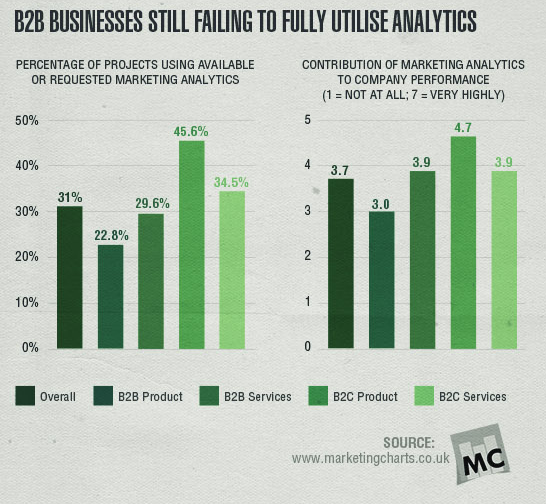
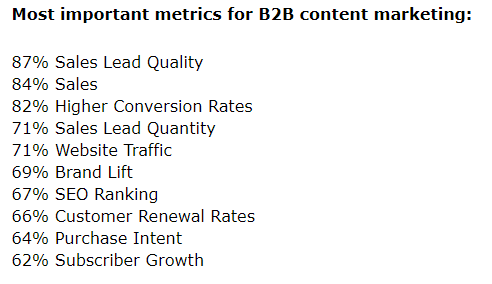
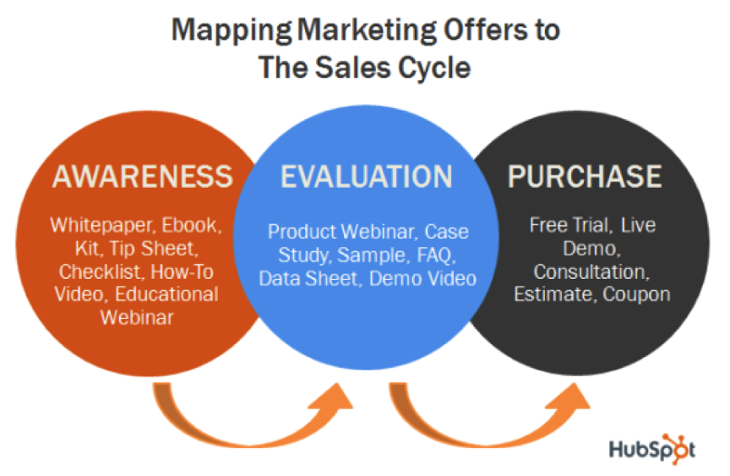
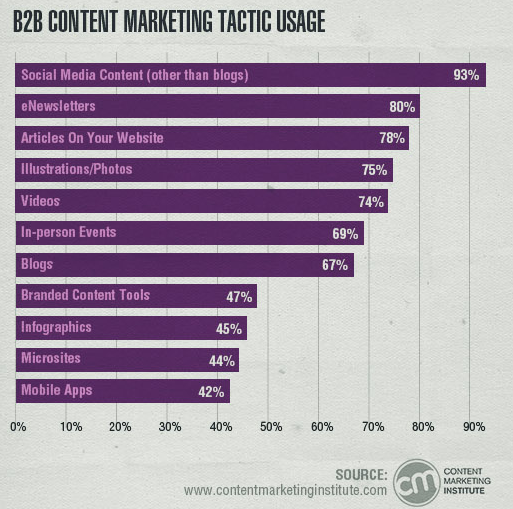
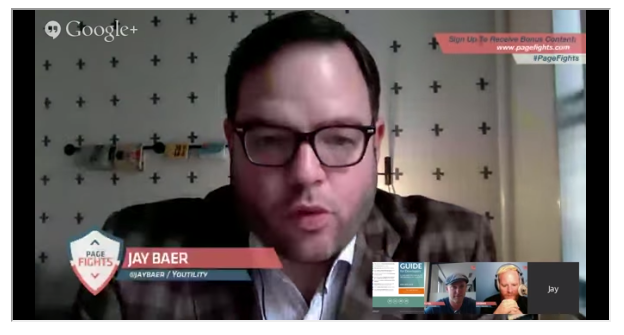
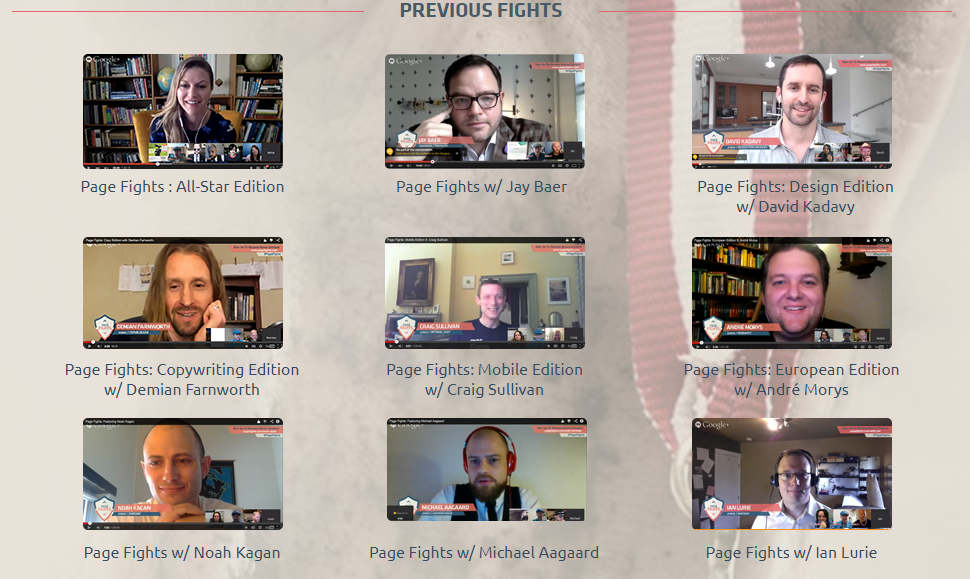
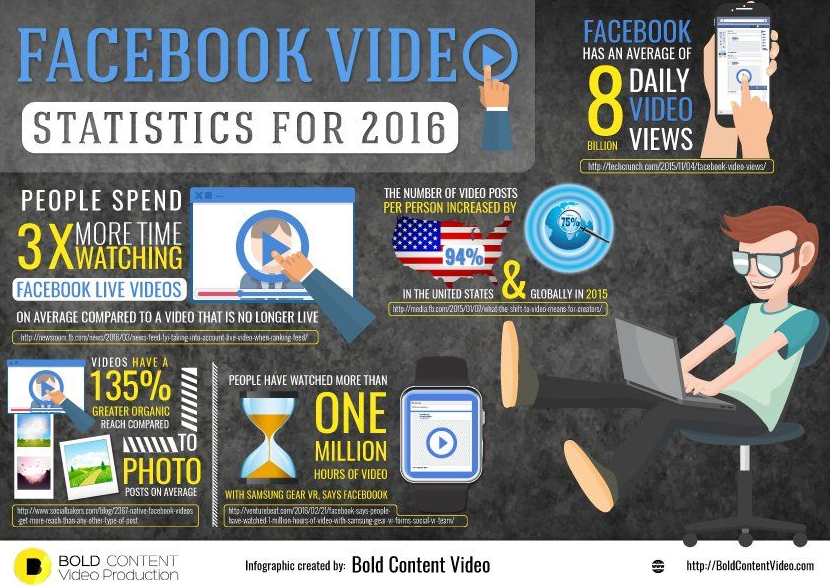
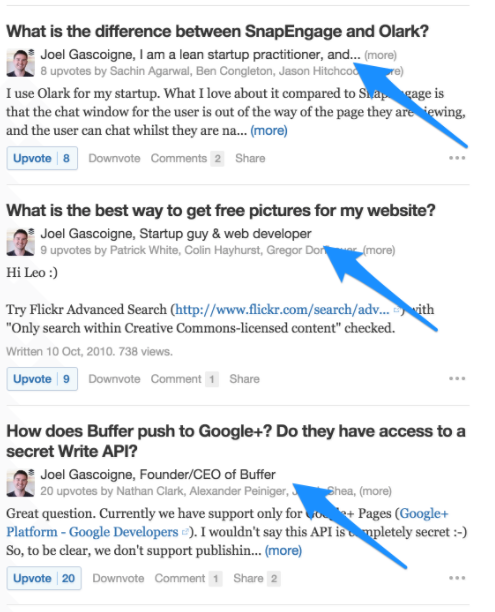

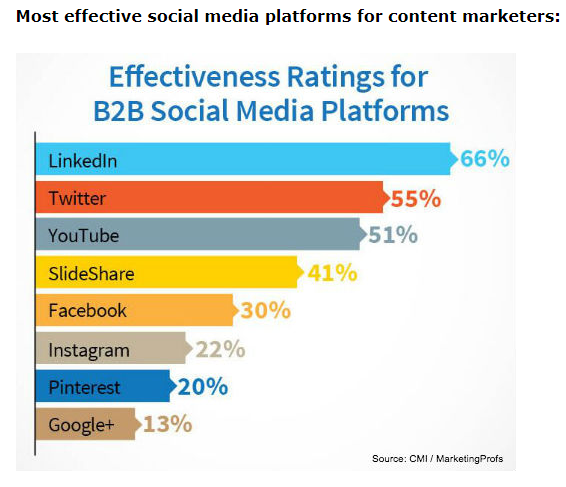
Comments (18)